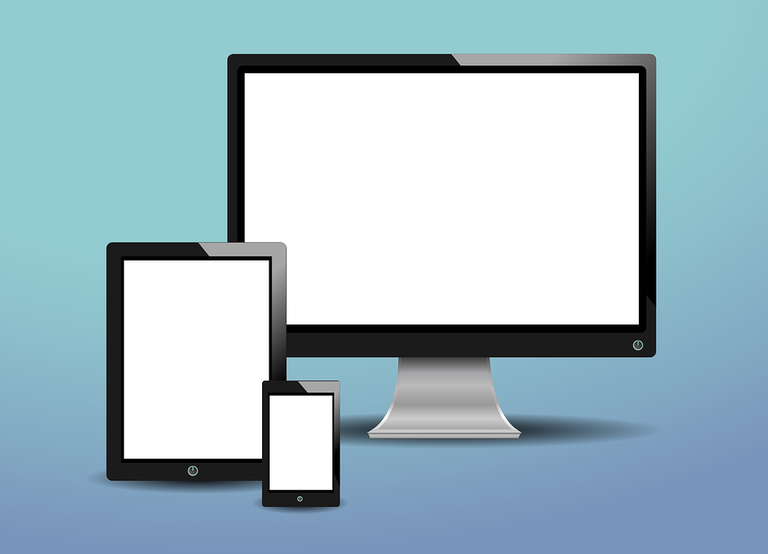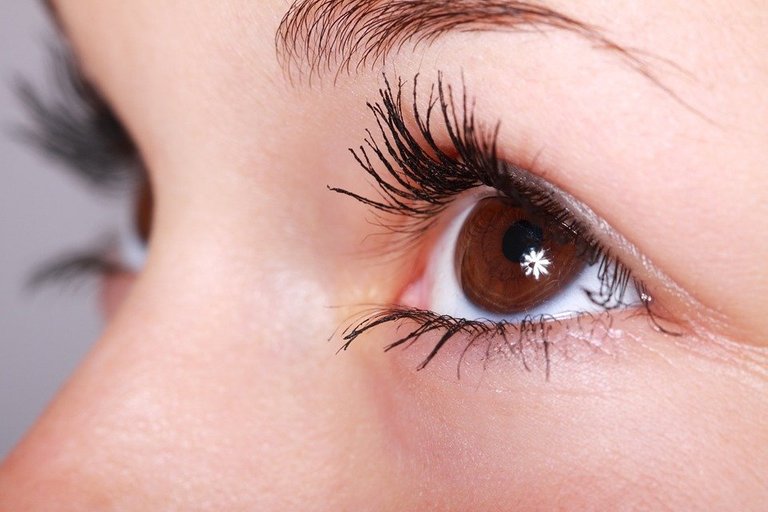Hi there. In this short post I would like to talk about many students are exposed to screens with the increased use of online learning. Instead of students looking at class notes on a blackboard/whiteboard, they are looking at screens from a projector, monitor or TV.
With the lockdowns many schools are adapting by moving to online learning. Online learning involves staring at screens for prolonged periods of time.
The topic of this post is motivated from a Joe Rogan Experience podcast where Joe Rogan mentions something about we are seeing so many screens or something like that. I do not remember the episode nor the guest. (Sorry.)
(I was not sure whether to post this to StemGeeks or to the Education community. Since I'm not great at the science of light I decided to post this to the Education community.)

Human Interactions Not In 3D
With online learning the interactions between the teachers and the students are not in three dimensions. In a physical classroom, the teacher can move around, use body language to point at certain concepts of interest, use multiple board for notes and hand out worksheets to students. In an online classroom setting, you can still use some body language to emphasize certain points but it is on screens.

Limited Physical Activity
A lot of screen time involves sitting down staring at a screen for a long time. Some people may lie down on a bed staring at a laptop screen for a extended period of time. Regardless of how the screen is being viewed, staying at a stationary position for a long time is not great for health as the body is not moving much for blood circulation. Sitting down for a long time is also bad for digestion as the sugars and fats is retained in the body.

Eye Strain
Staring at a screen for long periods of times does cause eye strain. The eyes have to focus and refocus on different parts of the screen for extended periods of time. In addition, the screen watching eyes are exposed to blue light which is a contributor to eye strain. Looking at books and blackboards is not too bad as the text and background colour is stationary but with screens the text, pages and background can change often and drastically. The constant changes and screen flickering that occur on screens is a lot for the eyes and brain to react to. According to WebMD, eye problems caused from the computer fall under the category of computer vision syndrome (CVS).
There are tips to avoid eye strain. These include:
- Adjusting room lighting
- Giving the eyes a break.
- Making sure the screen is not too close for the eyes
- Using a blue light filter on a monitor if there is one
- Adjust brightness settings on the screen/monitor
References:
- https://atlanticeyeinstitute.com/eye-strain-and-screen-time/
- https://www.webmd.com/eye-health/computer-vision-syndrome#1
- https://www.allaboutvision.com/en-in/digital-devices/blue-light/
